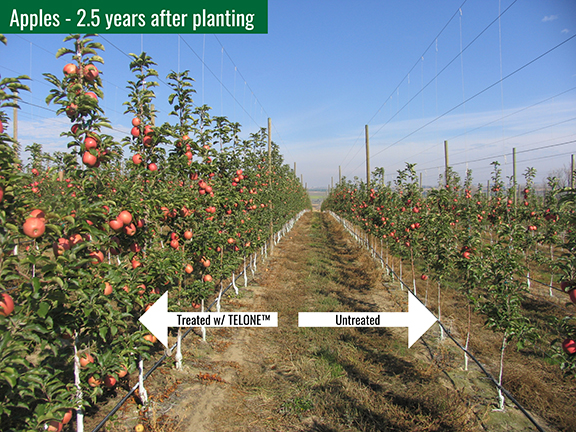Editorial: Promoting Potatoes
As I sit at my computer writing this, the time is approaching for a “thumbs up” or a “thumbs down” on the fate of potatoes in school lunches. What started out as a positive effort unfortunately may leave potatoes in the dirt, no pun intended.
As you may recall, in January USDA published a proposed rule to update the nutrition standards for meals served through the National School Lunch and School Breakfast programs as part of the Healthy, Hunger-Free Kids Act of 2010. According to USDA, the new proposed meal requirements will raise standards for the first time in 15 years.
Interested parties had the ability to offer USDA comments on the proposed rule through April 13.
The obvious goal of the nutrition standards is to significantly increase the amount of fruit and vegetables in school lunches. Believe it or not, this marks the first time both fruits and vegetables will be served daily in schools, according to USDA.
More fresh produce being requested means increased demand from growers. Now, that’s good news, right? Well, not for all growers. As alluded to above, potatoes will be negatively impacted under the proposed rule. Part of the proposal will limit the amount of white potatoes, corn, and green peas served in school lunches to 1 cup per week.
Defending Nutrition
As the time has come and gone for comments, the question remains: How did potatoes get such a bad rap when we know they are very nutritious?
Defending the nutritional value of potatoes, John Keeling, executive vice president of NPC, said in his March “NPC Report” that “potatoes provide two of the four nutrients of concern for children — potassium and fiber. These are vital nutrients in children’s diets, and deficiencies could lead to serious and long-term health consequences. One serving of potatoes delivers 13% of a child’s daily potassium needs alone.” (To read the column,). For additional information on potato nutrition facts and more, go to www.potatoesinschools.com.)
And what about Chris Voigt, head of the Washington State Potato Commission and 20-potatoes-a-day dieter? Voigt began an all-potato diet last fall for two months to help educate consumers on potatoes’ nutritional value. At the end of his experiment, he not only lost more than 20 pounds, his cholesterol was lowered significantly — among other things. (For more information on Voigt,).
Accentuate The Positive
Based on the above information, we would all agree that potatoes are a great fit in school meals. Voigt’s two-month potato diet alone not only highlighted the reasons potatoes should be a part of a well-balanced diet, but it was also a great marketing move.
His message was executed in an interesting and playful way, garnering quite a bit of attention as he appeared on the “Today Show” last December to discuss the diet. Plus, recent efforts by the United States Potato Board (USPB) have made an impact in turning around the negative hit potatoes took during the low-carb diet craze.
It is baffling that in spite of Voigt’s adventure and the work of the USPB — coupled with the fact that the nutritional value of potatoes should speak for themselves — that potatoes may be limited in school lunch programs. Does this mean the industry needs to ramp up its efforts even more to get the message out there? Maybe so.
The takeaway point is you can’t just grow it; you have to promote it, too. We know potatoes are a necessary part of a healthy diet. Now let’s go out and make that fact known in the most creative way possible.










